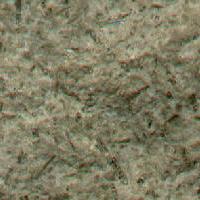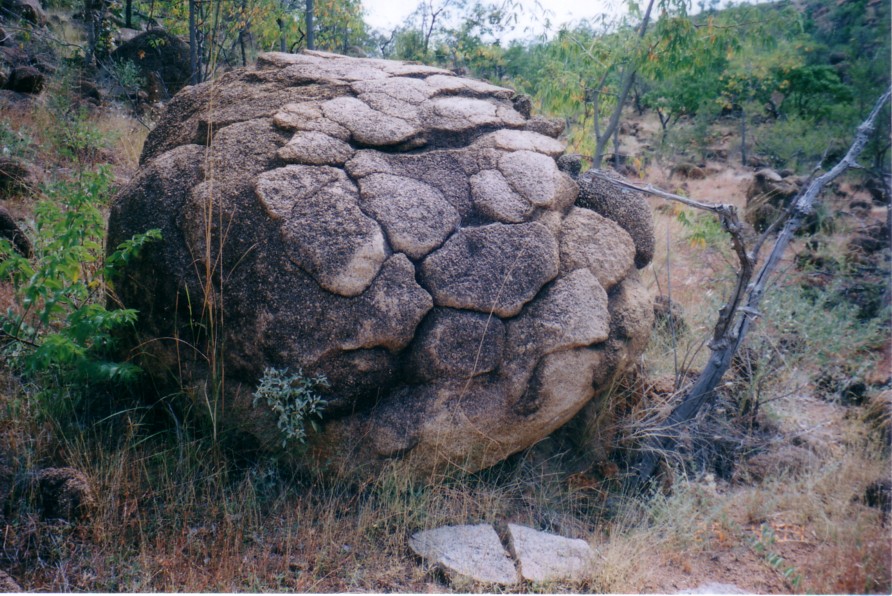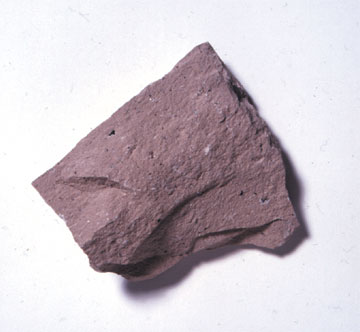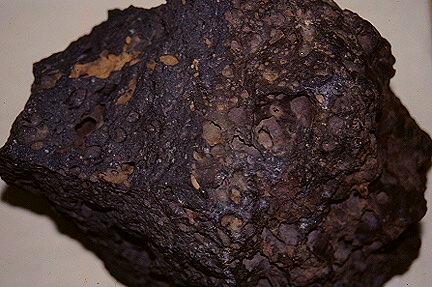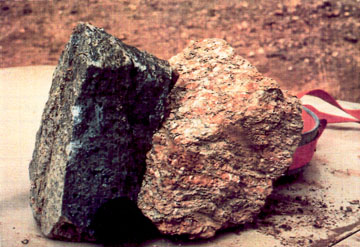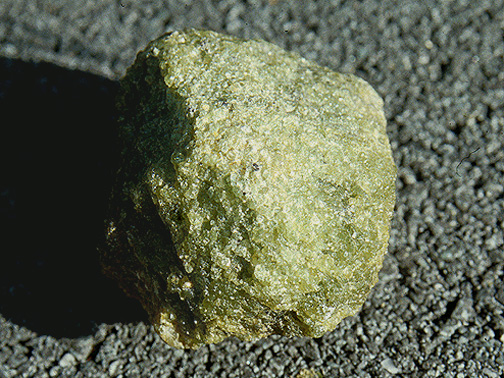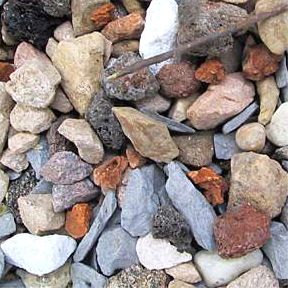 |
ROCKS |
 |

Igneous Rocks
Magma
Magma is molten rock that contains water vapor and is less dense than its surrounding rock. When magma reaches the surface it produces volcanic eruptions.
Magma Characteristics

- hot, thick fluid containing mineral crystals and gases
- liquid portion is called the melt and contains ions
- crystallization occurs when ions arrange themselves into an orderly pattern
- slow magma cooling causes large crystals
- fast magma cooling causes small crystals
- instant cooling forms glass
- composition of magma and amount of dissolved gases have effects on crystallization giving different igneous textures
Texture
The overall size, shape and crystal arrangement gives the texture of the igneous rock.
Fine-grained texture
- small individual crystals that cannot be seen without a microscope
- rapidly form at the Earth's surface
- vesicles, or voids, in the rock are commonly left behind from escaping gas
Coarse-grained texture
- formed when magma solidifies below the Earth's surface
- appear to have the mass of intergrown crystals
- may take thousands of years to form
Porphyritic texture
- large crystals embedded in a matrix of smaller crystals
- forms when magma cools slowly below the surface and then erupts at the surface and the remainder cools quickly
Glassy texture
- rapid cooling creates a glassy texture
- Examples: pumice and obsidian
Naming Igneous Rocks
Igneous rocks can be divided into broad groups based on the proportions of light and dark minerals
Granitic or Felsic Rocks
- contain approximately 90% light colored minerals of feldspar and quartz and 10% biotite mica and amphibole
Rhyolite
- extrusive equivalent of granite
- fine grained texture with voids and glass shards
Basaltic or Mafic Rocks
- contain large amounts of dark silicate minerals and calcium rich plagioclase feldspar
Andesitic or Intermediate Composition Rocks
- rocks that have a composition between granitic and basaltic rocks
- contain 25% dark silicate minerals like amphibole, pyroxene, and biotite mica
Ultramafic
- composed entirely of dark minerals called peridotite









